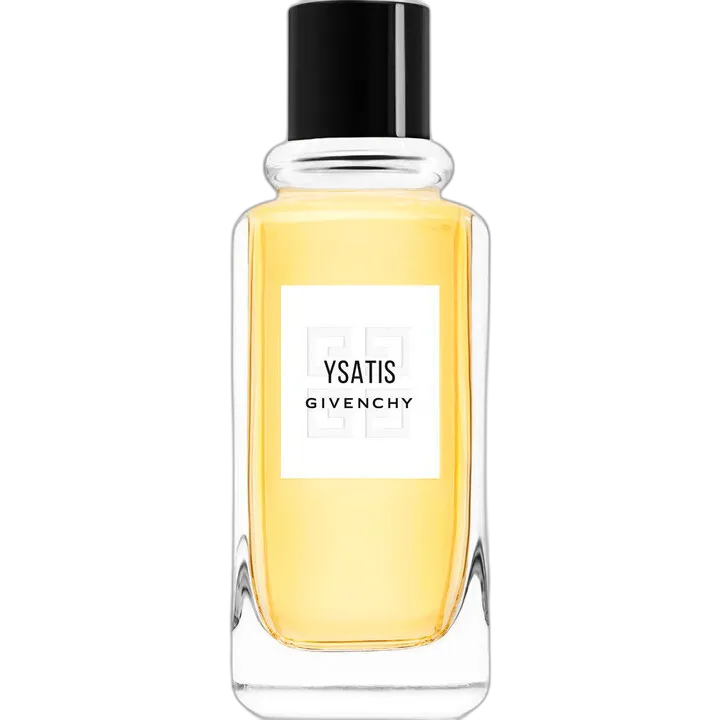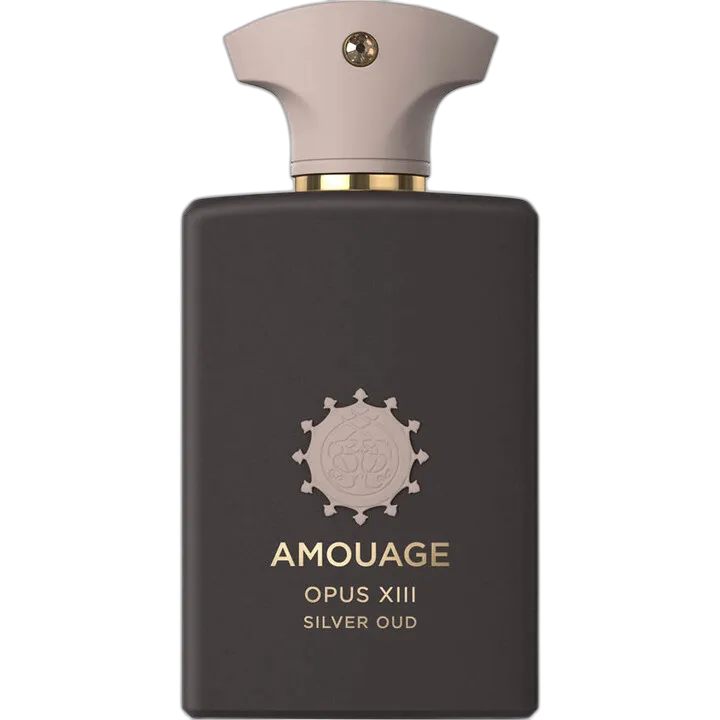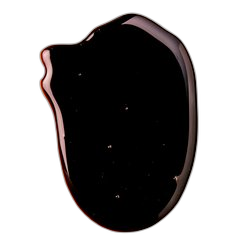leather
Castoreum
Castoreum is a substance derived from the castor sacs of beavers, located near their tails. Historically, this yellowish, viscous fluid has been used widely in perfumery and as a flavoring additive. It is secreted by both male and female beavers and mixed with urine to mark territory and communicate with other beavers.
In terms of scent, castoreum is highly valued for its intense, warm, and rich aroma. It possesses a complex scent profile that is leathery, animalic, and musky with sweet undertones reminiscent of vanilla. Some also detect hints of smoky or woody nuances, making it an intriguing ingredient in olfactory compositions. Its multifaceted nature allows it to blend well with a variety of scents, enhancing depth and longevity in perfumes.
Due to ethical concerns and the invasive process of obtaining castoreum, it is now less commonly used. Many modern perfumers have turned to synthetic alternatives to replicate its provocative scent, ensuring products are cruelty-free while still capturing the essence of castoreum’s distinct fragrance.
Like this smell?
Discover your fragrance match by taking our quiz and exploring scents tailored to your taste.











